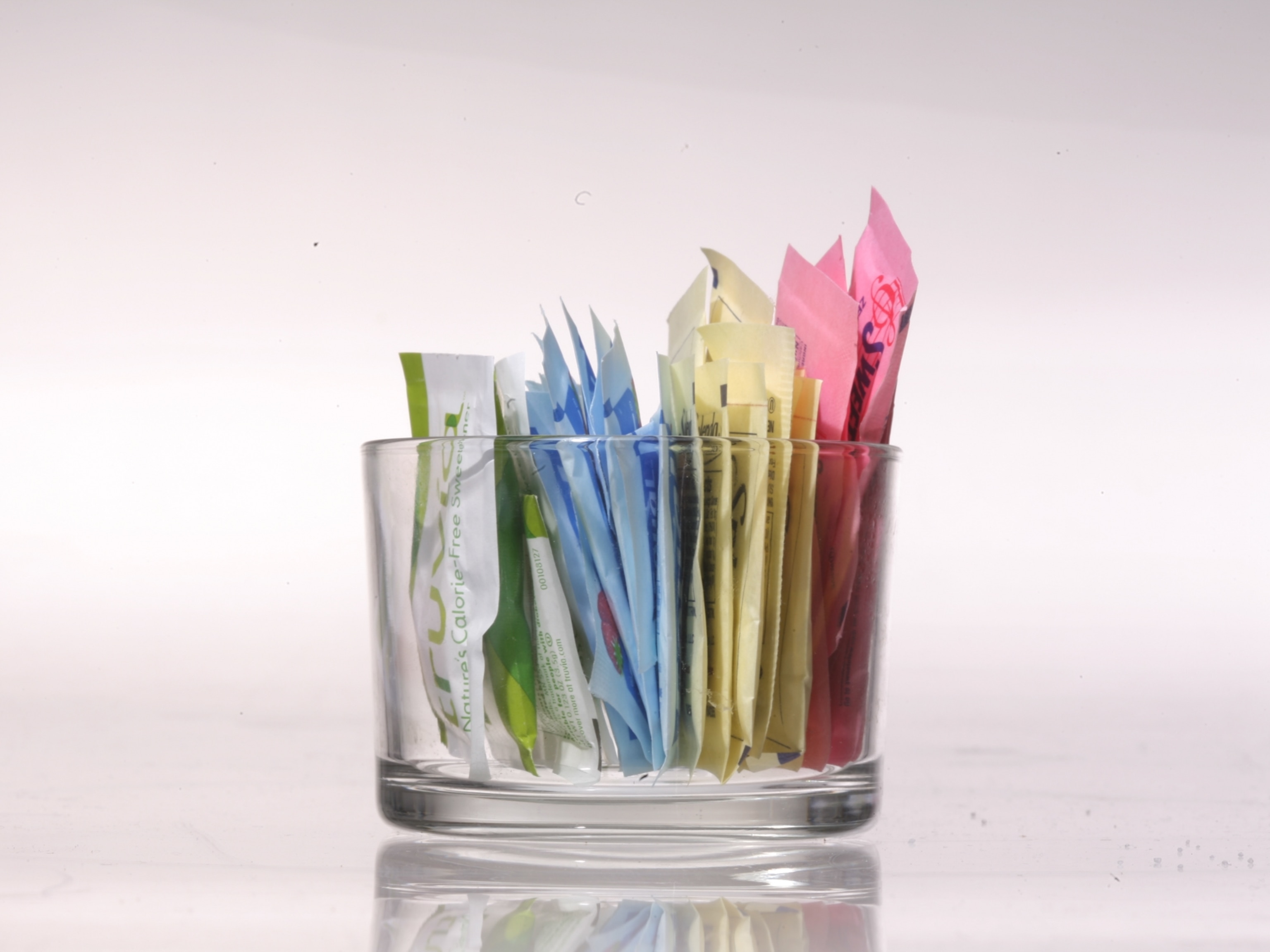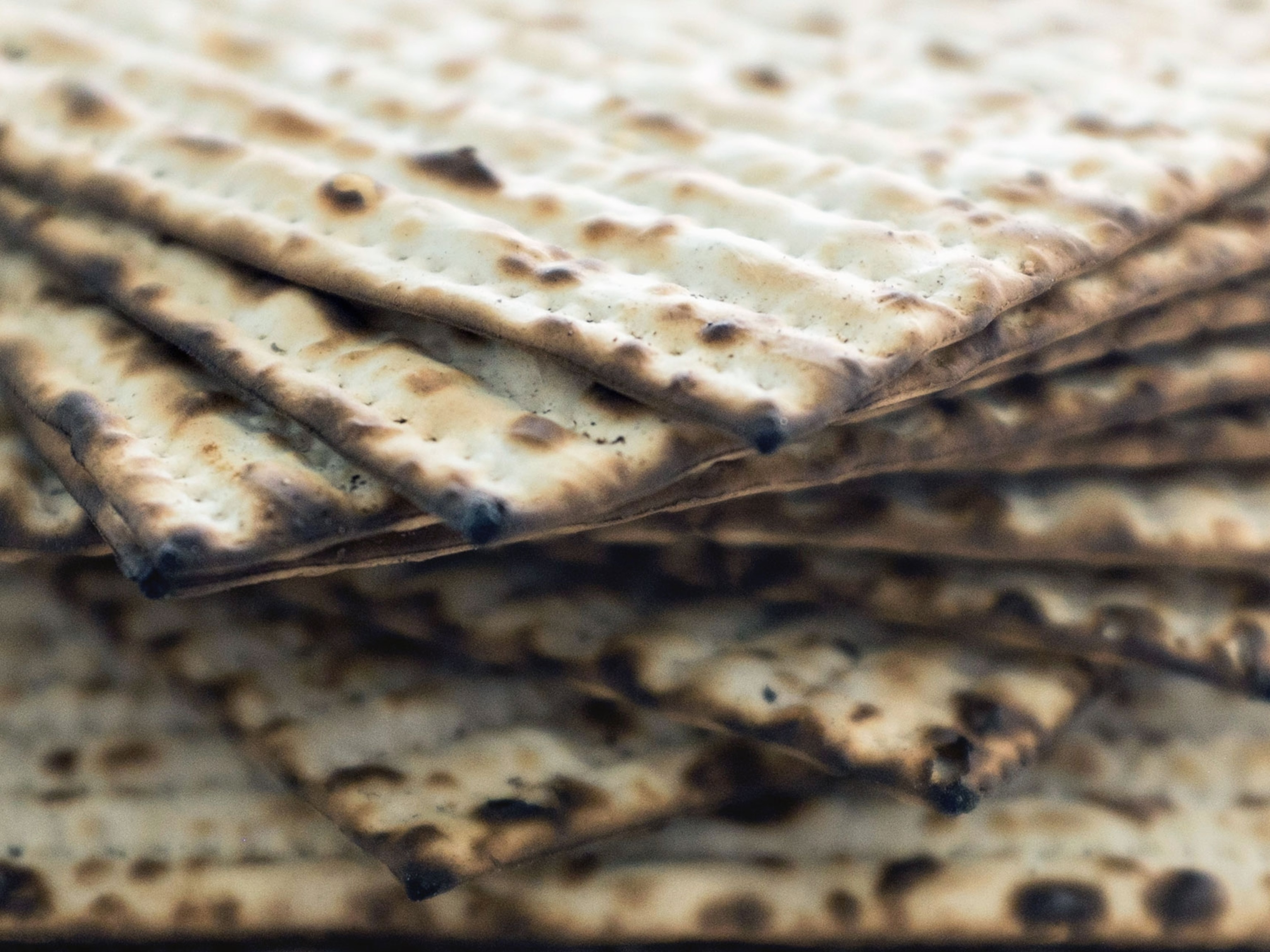
A Bowl Full of Jelly Bean History
No Easter basket is complete without a sprinkling of jelly beans—though, to be fair, these chewy little tidbits aren’t America’s top pick in Easter-basket candy. Number one is the chocolate bunny, of which 90 million are produced every year; and number two is the appalling, but popular, marshmallow Peep, now available in the form of chicks, rabbits, and eggs. The jelly bean trails behind in third place, but it’s still a pretty hefty third. Collectively, every Easter, we munch up 16 billion of them.
Jelly beans have been a year-round treat for well over a century—though no one knows just exactly when they first arrived on the American candy scene. They’re believed to be the offspring of a pair of classic candies: Jordan almonds—those tooth-cracking, sugar-coated goodies so popular as wedding favors—and Turkish Delight, the sugar-powdered jelly candy that was Edmund’s downfall in C.S. Lewis’s The Lion, the Witch, and the Wardrobe.
Jordan almonds, originally in the form of nuts coated with honey, are believed to date back to ancient Rome. By the 15th century, after the introduction of sugar to European kitchens, the nuts were coated instead with a hard shiny sugar casing—by way of a prolonged process called panning, in which up to 30 different layers of sugar syrup are applied one on top of the other, each only about a tenth as thick as a human hair. (See What Are Sugarplums Anyway?)
The origin of Turkish Delight is a mystery, though a common story attributes it to Bekir Effendi, an 18th-century Turkish confectioner, said to have invented a jelly-like candy flavored with rosewater and dusted with powdered sugar. And as for who first got the bright idea of combining the almond’s hard sugar coating and the Delight’s squishy innards to produce the jelly bean, nobody knows that either.
One commonly cited (but unconfirmed) story claims that jelly beans were around by the time of the Civil War, when William Schrafft, a Boston candy maker, encouraged families on the home front to send them as treats to the Union troops. While the Civil War connection is in doubt—it’s more likely that the Yanks got Necco Wafers—we do know that jelly beans were a popular penny candy by the late 19th century, and were common enough by 1905 for the word “jelly bean” to have made it into Webster’s dictionary. By 1915, it had even made it into slang, as a pejorative term for a weak and worthless male. The star of F. Scott Fitzgerald’s 1920 short story, “The Jelly-Bean,” is lackluster Jim Powell, aimless pool-hall loafer.

If you’re going to pick one color from the handful of beans in your basket, chances are it’s red. Everyone, it turns out, likes red and pink candies best, and jelly beans are no exception to the rule. According to University of Oxford psychologist Charles Spence, this is most likely due to the way food color affects our sense of taste. Red jelly beans may have an edge because we tend to experience red foods as sweeter than they actually are – as opposed to green foods, which we tend to experience as sourer. (For more on food color and taste, see The Plate’s What’s the Matter With Blue Chicken?)
Sweet though it may be, red isn’t for everybody. Ronald Reagan, a famous jelly bean fan, took up jelly-bean-eating in the 1960s in an attempt to wean himself away from smoking. For his 1981 presidential inauguration, the grateful Jelly Belly company sent a congratulatory two and a half tons of jelly beans to Washington, D.C., patriotically colored red, white, and blue. Perversely, the president’s favorite jelly bean was none of the three. It was black. Reagan liked licorice.
Jelly beans are now available in dozens of flavors, from the current favorite—(red) cherry—to buttered popcorn, toasted marshmallow, mango, maple syrup, Dr. Pepper, chocolate pudding, tangerine, and bacon. For Harry Potter lovers, the Jelly Belly company packages a version of the wizard world’s Bertie Bott’s Every Flavour Beans which, along with cherry, lemon, and cinnamon, includes such unwelcome surprise extras as black pepper, booger, dirt, earthworm, earwax, sausage, and soap. (These aren’t quite as awful as they sound. The dirt bean tastes a bit like beets.)
Also from Jelly Belly, for the sophisticated jelly bean eater, there are golden-brown jelly beans flavored with draft beer —said to have been “inspired by a Hefeweizen ale with a clean, crisp, and wheaty taste”—and sparkly off-white jelly beans flavored with champagne. Sadly, both are alcohol-free. So are the temptingly named piña colada and margarita beans.
So what to do with jelly beans if you’ve got too many to eat? You might save them up for April 22, which is National Jelly Bean Day. Or you can turn them into art.
One of the most mind-blowing uses of jelly beans ever may be the art video, The Time You Have—in Jelly Beans by artist Ze Frank, in which the days of the average human life are represented by 28,835 jelly beans.
Frank totes up—in jelly beans—the number of days we spend sleeping, eating, working, doing household chores, watching television, and driving—ending up with the startlingly small number of days we have left to do the things that matter to us, the things we love. It’s an impressive demonstration. It makes you examine your life and reconsider your priorities, which isn’t something that often happens with candy.
And it’s a good reminder for all of us not to be—well, a jelly bean.








